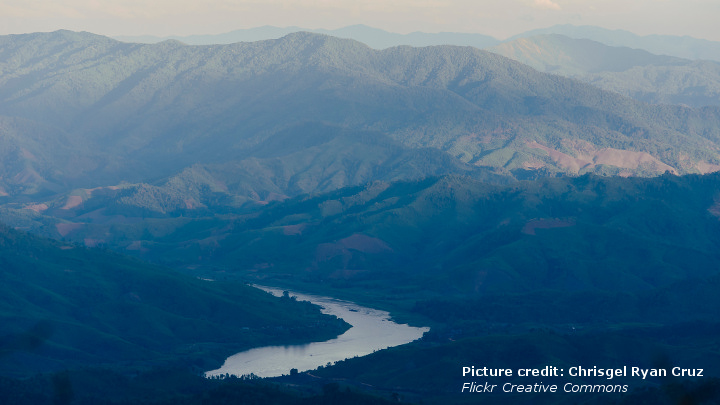Digital Water Diplomacy: Keeping Water Dialogues Afloat

Elizabeth Yaari and Martina Klimes
Introduction
In 2020, the world experienced the convergence of the global water and climate change crises, the COVID-19 pandemic, and economic recession. The compounded emergencies hit even well-prepared countries hard. For the more than 50 percent of the world’s population that relies on transboundary freshwater sources for their drinking water, the renewed urgency for access to water for sanitation raised additional challenges. Effectively responding to the crises demanded an elevated degree of communication and coordination between neighboring states precisely when coordination and collaboration processes encountered new barriers to effective transboundary engagement. As neighboring states instituted travel restrictions, water dialogues had to adapt through digital water diplomacy processes.
Water diplomacy supports a variety of stakeholders to collectively find mutually beneficial solutions for jointly managing shared freshwater resources. While still an evolving field, water diplomacy typically happens in both formal, Track 1 settings, such as summits and committees, as well as informal, Track 1.5 and 2 settings, such as through conversations and relationship-building at conferences like World Water Week, workshops, and other meetings.
Digital water diplomacy recognizes that the online platform or space where water dialogues are performed has an impact on the process design, trust-building, transparency, information and data sharing, assessments of shared risks, inclusion, and ultimately decision-making. As new digital water diplomacy processes are being adopted to parts of both formal and informal dialogues, new challenges and opportunities to the field are emerging—including in some of the most conflict-sensitive basins.
The full publication is available on New Security Beat’s website.